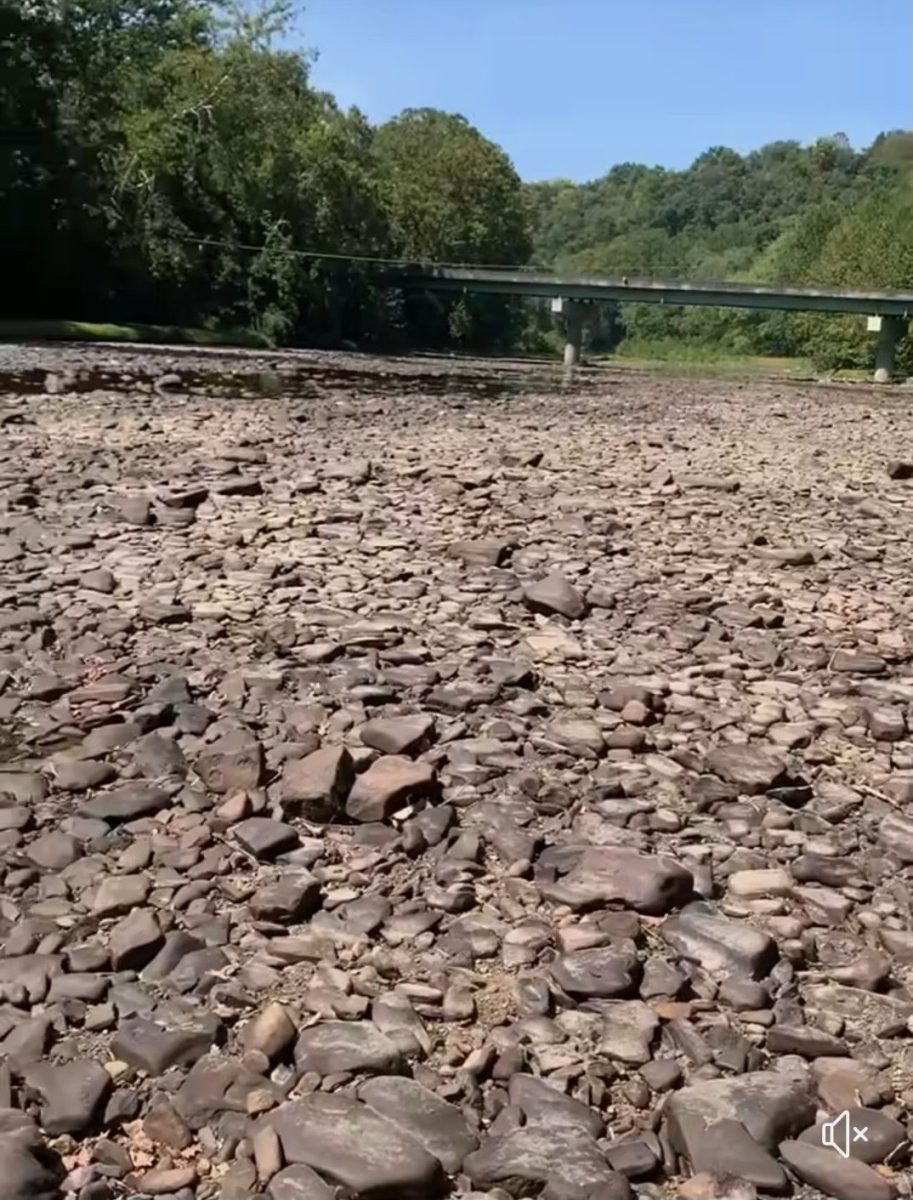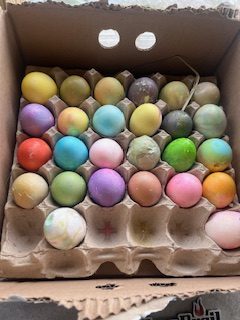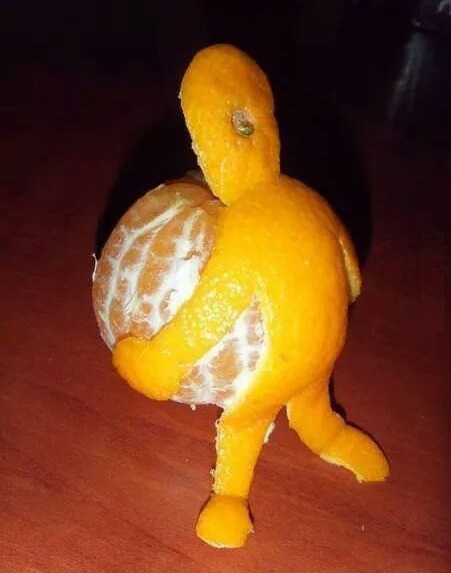The state of West Virginia has been dealing with a drought since July, and Lewisburg’s drought conditions are presently classed as moderate. This abnormally dry period has resulted in a water shortage for both farmers and people who get their water via wells.
Paul Ed owns a farm in Hokes Mill, Ronceverte. “This is the worst drought I’ve had to deal with in 20 years,” Ed said. “I have to fill crates with water just to water my sheep, let alone my other animals.”
On their website, the West Virginia Department of Agriculture continues to share information on drought assistance resources, including details on a reimbursement grant program that provides “financial assistance to agencies helping to secure and distribute irrigation and livestock water supplies.” The WVDA also provides contact information on procuring hay, and links to WVU Extension articles on best drought management practices.
The drought has caused farmers many issues, productional losses being only one. According to the U.S. Department of Agriculture Farm Service Agency website, “If farmers can prove that their livestock had no grazing issues prior to the drought, they’d be eligible for the Livestock Forage Disaster Program (LFP).”
The drought is also hard for anyone who uses a well for water. When the water level is lower than normal, a well’s pump can suck in more debris and dirt, which strains the mechanism even to the point of burning up the pump. The well then has to be pulled and the pump replaced.
WVVA recently reported that “this is the driest West Virginia has been since 2002,” while WBOY reported that the National Oceanic and Atmospheric Administration predicts the drought to continue into 2025 in spite of recent rain from Hurricane Helene.













